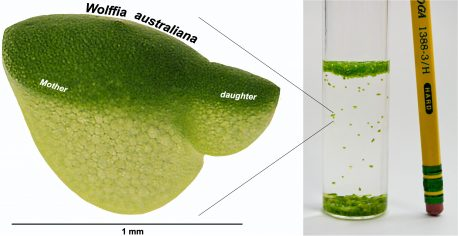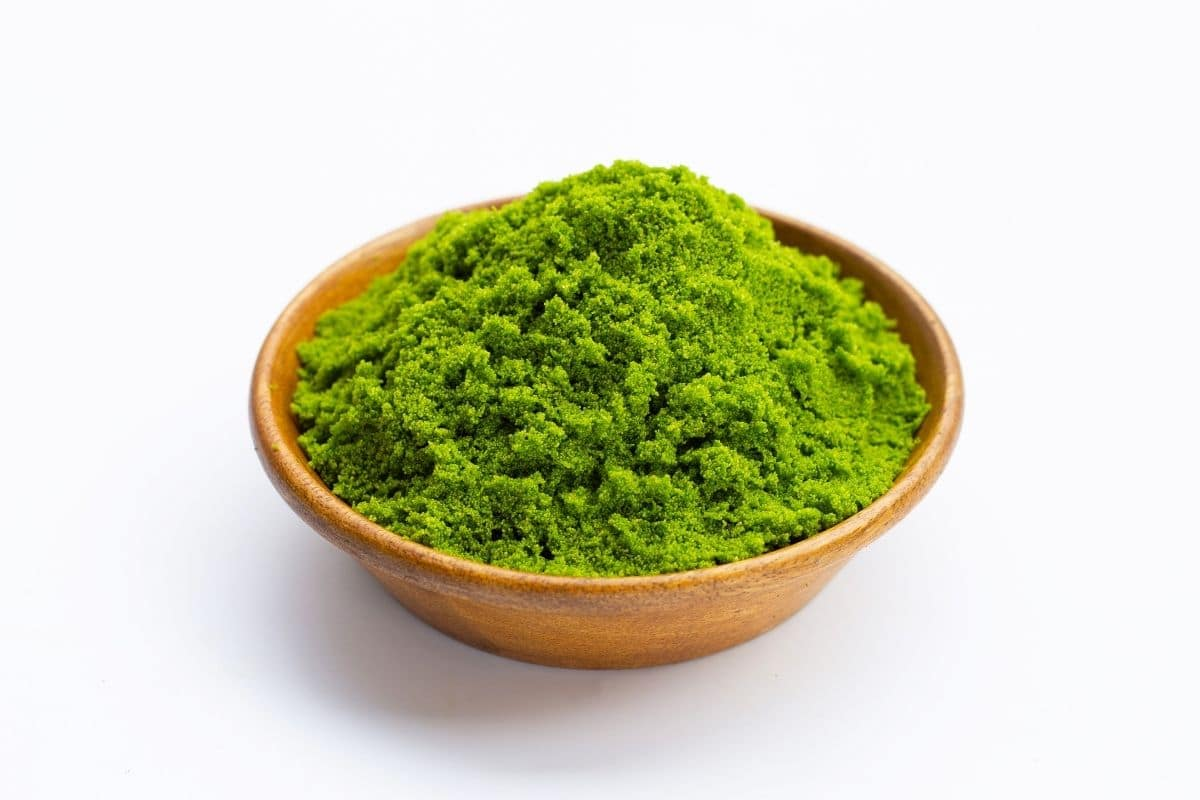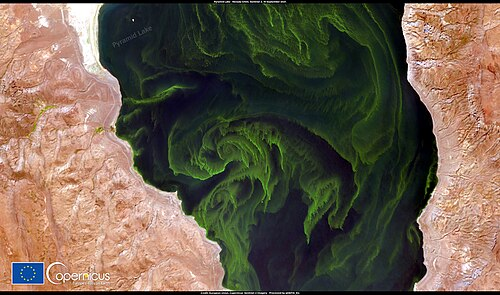created 2025-06-27, & modified, =this.modified
Why
During lab address it was spoke that duckweed is the world’s fastest growing plant (aquatic angiosperm). It can double its biomass in four and a half days.
Research catches up to the world’s fastest growing plant
Salk researchers discover that miniature aquatic plant provides insight into genome design principles that could enable development of next-generation crops.
The researchers wanted to help scientists understand the tradeoffs between growth and other functions such as putting down roots and defense against pests.
This research has implications for designing entirely new plants that are optimized for specific functions, such as increased carbon storage to help address climate change.
Each plant is the size of a pinheads, it has no roots and single fused stem-leaf structure called a frond. It reproduces in a similar manner to yeast, where a daughter plant buds off a mother.
With a doubling time of as little as a day, some experts believe Wolffia could become an important source of protein for feeding Earth’s growing population. (It’s already eaten in parts of Southeast Asia, where it’s known as khai-nam, which translates as “water eggs.”)
“This plant has shed most of the genes that it doesn’t need,” Michael adds. “It seems to have evolved to focus only on uncontrolled, fast growth.”
Duckweed is a good candidate as a biofuel because it grows rapidly, produces five to six times as much starch as corn per unit of area, and does not contribute to global warming.
Duckweed removes carbon dioxide from the atmosphere, and it may have value for climate change mitigation
A review
- Rapid growth and biochemical composition make duckweed a promising energy resource.
- Bioenergy production from duckweed coping with energy shortage and water eutrophication simultaneously.
- Biochemical composition of duckweed is a decisive factor of subsequent utilization and derived products.
- The prospects of duckweed in high value-added industrial precursors production are encouraging.
Eutrophication
Eutrophication is the process where water bodies become excessively enriched with nutrients, primarily phosphorus and nitrogen, leading to harmful algal blooms, oxygen depletion, and ecosystem disruption.
The term comes from Greek – well nourished, as an excessive amount of nutrients and other organisms eventually strangulates the oxygen out of the water.
Rich and diverse biomass waste resources can provide an alternative solution for sustainable and carbon neutral energy supply.
Aquatic plants, as an important renewable biomass source, is being paid attention due to their wide distribution, high photosynthetic efficiency, strong adaptability to environments, and short growth cycle.
Duckweed has a high protein content (45% by dry weight) indicating it is suitable as a high-quality protein source to replace soybean meal or other feed in animal diet.
Through the modification of duckweed genome, transgenic plants have promising application prospects in the fields of recombinant proteins, sewage purification, molecular genetics.
More importantly duckweeds store sunlight and CO in the form of chemical energy and contains high crude protein, amino acid, starch, flavone with low fiber content.
Caves of Mars
An early 2000s NASA program which was assessing the best place to situate human habitation and research modules on Mars. 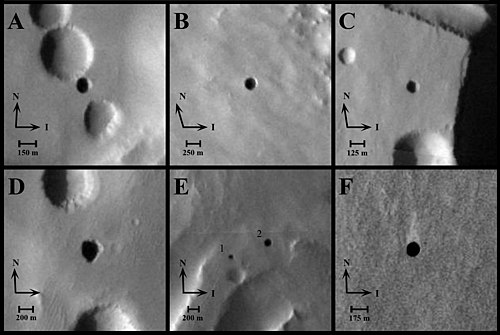 Duckweed was positioned as the top candidate for Martian food production projects. Caves and Marian lava tubes, canyon overhangs and other naturally protected structures would be useful in providing shielding from the elements and solar radiation.
Duckweed was positioned as the top candidate for Martian food production projects. Caves and Marian lava tubes, canyon overhangs and other naturally protected structures would be useful in providing shielding from the elements and solar radiation.
Humanity would live in a hole and sustain by duckweed?
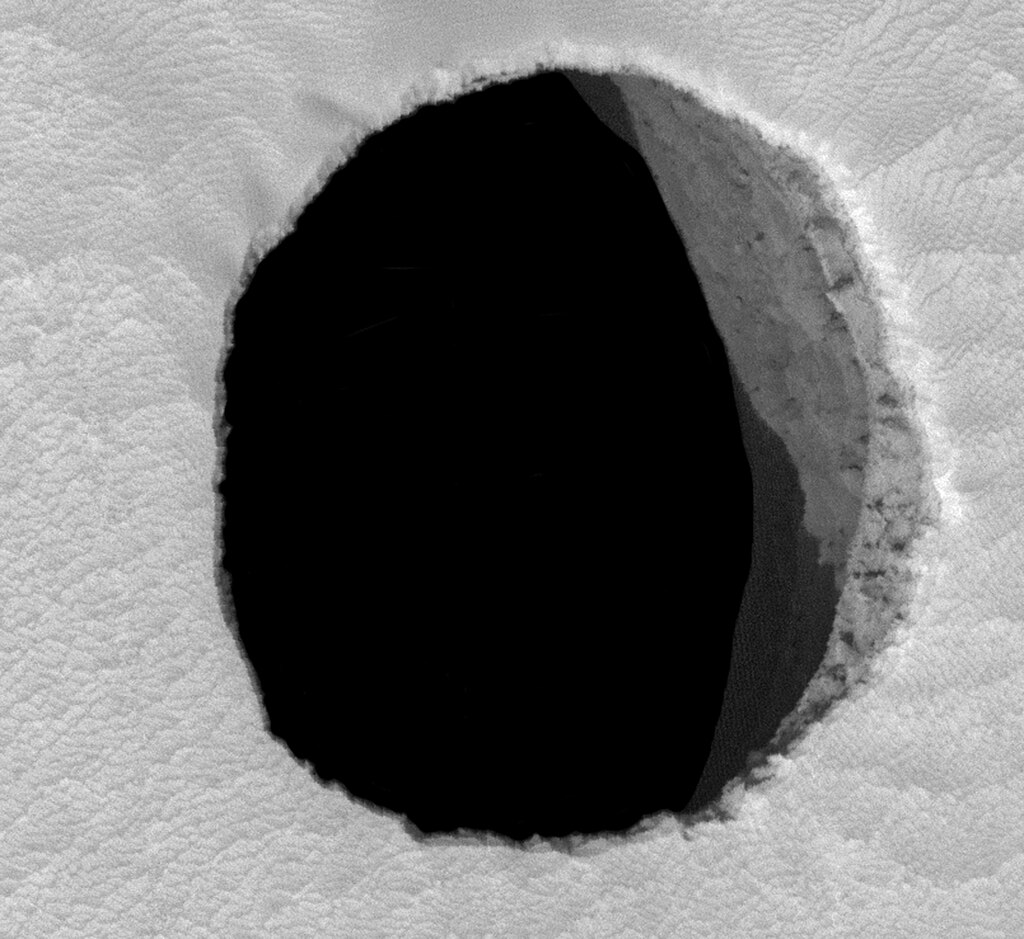
The project showed crickets and mice could breathe argon mixtures for extended periods without apparent problems
